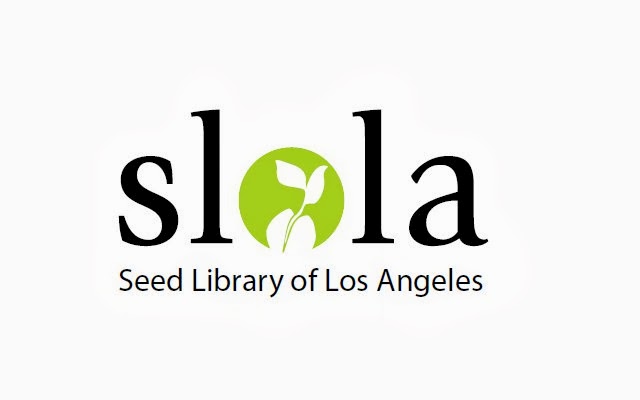 |
| The large container goes back to the Pineschi family, the large jar is for SLOLA and the small jar is mine to plant! Seeds are abundant! |
There are seeds and seed stories
everywhere. Everyone has a relationship to seeds whether they own it
or not, because the history of humans and human civilizations are
intertwined so deeply, over so many hundreds of years, has made it
so. Today's industrial agriculture obfuscates that which once was an
intimate relationship into a commodity that we buy, sell, grown with
poison and produced with the cheapest means to get to market.
But seed savers everywhere, want to
hold the seed and know the story behind the seed – how did it come
to be here? And it is the story that makes heirloom seeds
“Heirlooms.” There are many old seeds – seeds of varieties
that have been around for 100 years or more – but they aren't
“heirlooms” without a story.
This is about a seed with a story. I
don't know how old this variety is, but the story is good enough for
the seed to be called an heirloom and the story seems to point to the
fact that it is indeed an heirloom. It's starts out with a dental
appointment.
My dental hygienist is married to a
dentist. She sees me three or four times a year, if I'm lucky, he
sees me three or four times a decade. Professionally at least. So
this was one of those professional encounters where I get the
question “are you numb yet?” I'm slow about getting numb. He
has some stuff in my mouth and my hygienist drops by to say hi, and
says to her husband, “David has started a seed library to save old
seeds...” And the dentist gets very excited!
It turns out that his grandmother
(great-grandmother?) had given him some seeds when he had graduated
dental school and was moving to Los Angeles to set up his practice.
He was charged with these bean seeds as they were the family bean.
He had them for over fifteen years and was not so successful in
growing enough to keep the seeds supply healthy and he asked if I
would help keep his family bean alive. Of course I would! That's
what being a seed savior is all about!
Within a week, I was given an envelope
of about 55 seeds of a bean. They were small seeds and I was told
they were old. I planted all that I had and presently had a crop of
four plants – not a lot of beans. Once the plants were growing and
the leaves were distinct, I realized this was not a common bean –
Phaseolus vulgaris. And the beans themselves were too long as
well. A little research and I figured I had Vigna unguiculata, a
close relative, and edible, but not the common bean. It took more
time to figure out how to pronounce “unguiculata” than it did to
find the correct binomial for it.
This
species is called 'cowpea' probably because they were used for forage
for animals as well as human consumption. Cultivated cowpeas
are known by the common names black-eyed pea, southern
pea, yardlong bean, and crowder pea. Fairly common – and
their ability to grow in sandy soil makes them a desirable species to
have in our storage. They were domesticated in Africa and
are one of the oldest crops to be farmed and not an American bean –
like Phaseolus vulgaris,
which is what one might suspect without digging into the history of
beans. A second domestication event probably occurred in
Asia, before they spread into Europe and the Americas.
Our
'cowpea' came from Italy and we call it the Pineschi Family Bean in
deference to Dr. Pineschi and his wife that brought this bean to my
attention. You can check this productive bean out from the Seed
Library when we restock our summer seeds in March. It is a vigorous
climber and a good producer of 10 to 12 inch long slender pods. Pick
young pods, in the 10 to 12 range and just steam them. I, of course,
add butter. Delicious!
